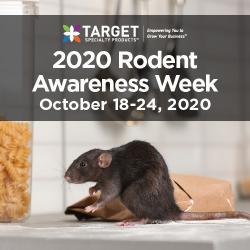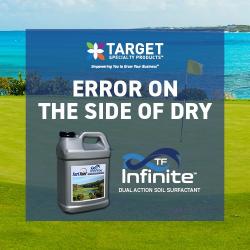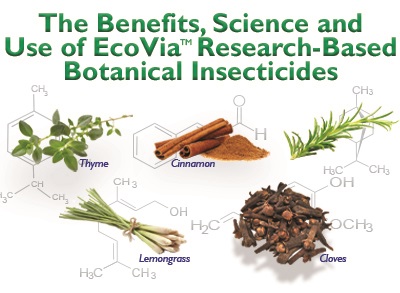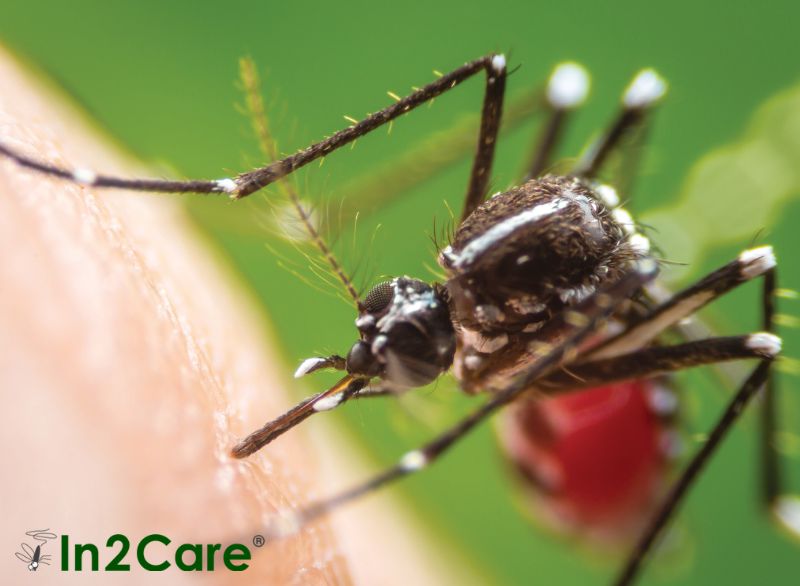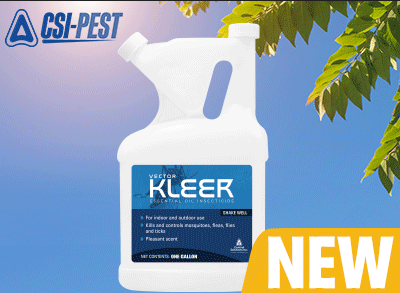Why We Feed the Leaves?

When we think about plant physiology, we typically think of soil and roots being the primary source or nutrition for our plants. Traditional feeding of the soil with the use of granular and liquid fertilizer is the most common and recognized way of fertilizing, however the most savvy and experienced growers know that they can control growth, aesthetics and the health of their turf much more accurately with the use of foliar nutrient applications.
The Limitations of Soil Based Nutrition
There are at least six factors that affect nutrient availability from the soil:
- Moisture: Plants drink their nutrients, and for that reason, soil moisture must be sufficient to dissolve minerals in the soil and bring those nutrients into the root.
- Temperature: Nutrient availability generally increases with rising temperature due to accelerated rates of chemical reactions (Pregitzer and King 2005). During periods of low soil temperatures, nutrients such as phosphorus are not plant available, and deficiency symptoms occur.
- Soil Chemistry: Soil is full of chemical elements that are undergoing continuous reactions. Soil chemistry has a dramatic effect on nutrient availability. Iron availability for example is dictated by the soil redox potential and pH. (Morrissey and Guerinot, 2009) When iron is applied to soil with pH above 7, most of the iron becomes immediately oxidized and unavailable for plant use.
- Microbial Activity: Plants depend on microbial activity to release nutrients from unavailable compounds in the soil. Organic matter such as thatch, root exudates, and dead roots are mineralized by microbes. When microbial activity is active, organic nitrogen release is increased. When microbial activity is poor, soil nitrogen is reduced.
- Root Function: The plant depends on its roots to bring nutrients into the stems and into the leaves. When roots become compromised due to root infecting diseases, insect attacks or decline due to heat stress, the plant cannot get the adequate supply of nutrients it requires.
- Soil Physical Properties: Soil physical properties affect all of the other factors listed here. When soils lack the correct balance of air and water pores, nutrient availability suffers. As an example, compaction restricts the movement of moisture into the soil profile, it also restricts the movement of applied nutrients and restricts the availability of oxygen for healthy microbial life.
The Consequences
When the above six factors combine and change on an hourly basis, the nutrient availability of the turf changes. These changes are not alway about nutrient deficiencies, they are also sometimes about nutrient excesses. Most superintendents have observed a spike in growth when temperatures rise, and all the fertilizer and organic matter in the soil suddenly release. This surge in growth has negative implications on the playing surfaces, but also on turf health. Many diseases are released to excess nitrogen. Other diseases are released to nutrient deficiencies.
The reliance on soil nutrient availability results in inconsistent and unpredictable growth, health and aesthetics.
The Solution
If the complexities of the soil have you confused, that’s okay. There is a backdoor, an IV, a direct feed into the plant. That backdoor is foliar nutrition.
Dr. H.B. Tukey of Michigan State University concluded in 1956, that foliar feeding of plants really works. Using radioactive phosphorous, potassium and other nutrients he traced the movement of the nutrients from the leaves to all plant parts at a rate of one foot per hour. Dr. Tukey also concluded that foliar applied nutrients are 95% efficient compared to soil applied nutrients being as low as 10% efficient.
The benefit of feeding the plant though the leaves is ultimate control. Through small doses of mineral nutrients, sugars, biostimulants, and defence activators, you can maintain day in consistency of growth, health and beauty.
In the next blog we will discuss The Limitations of Foliar Nutrition, because there is a time and place for foliar feeding, and a time and place for soil feeding.
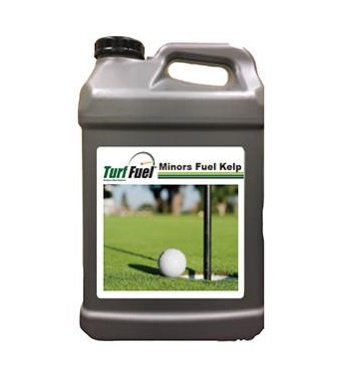



References:
Pregitzer, K.S. & King, J.S.. (2005). Effects of Soil Temperature on Nutrient Uptake. 10.1007/3-540-27675-0_10.
Morrissey J, Guerinot ML. Iron uptake and transport in plants: the good, the bad, and the ionome. Chem Rev. 2009;109(10):4553-4567. doi:10.1021/cr900112r
Check out the Turf Fuel nutritional product line, which is specifically engineered for the most efficient foliar nutrient uptake.
Tukey, H.B., Wittwer, S.H., Teubner, F.G., and Long, W.G., 1956. Utilization of radioactive isotopes in resolving the effectiveness of foliar absorption of plant nutrients. International Conference on the Peaceful Uses of Atomic Energy, Vol. 12: 138-148. United Nations, N.Y.

Mark Jull - Target Specialty Products Proprietary Products Manager
Mark Jull is an experienced agronomist, business leader, and turf manager. Driven by curiosity and passion for helping peers, he takes pride in providing new and innovative nutritional solutions. As the Proprietary Products Manager, his goals include creating a product portfolio that empowers turf managers to take control of their plant health by creating more sustainable turfgrass systems. Mr. Jull oversees Turf Fuel, Strike Max and TS Pro brands at Target Specialty Products. In addition to his career aspirations, Mr. Jull enjoys mountain biking, skiing, and hockey with his wife and two boys in Calgary Canada.


